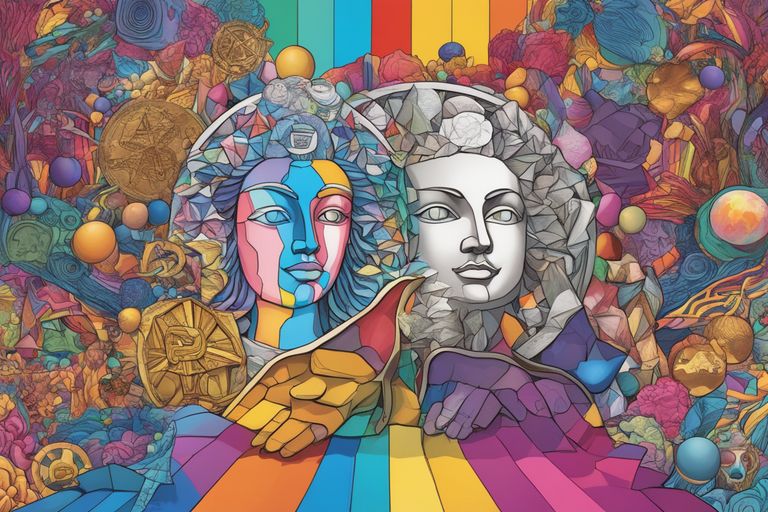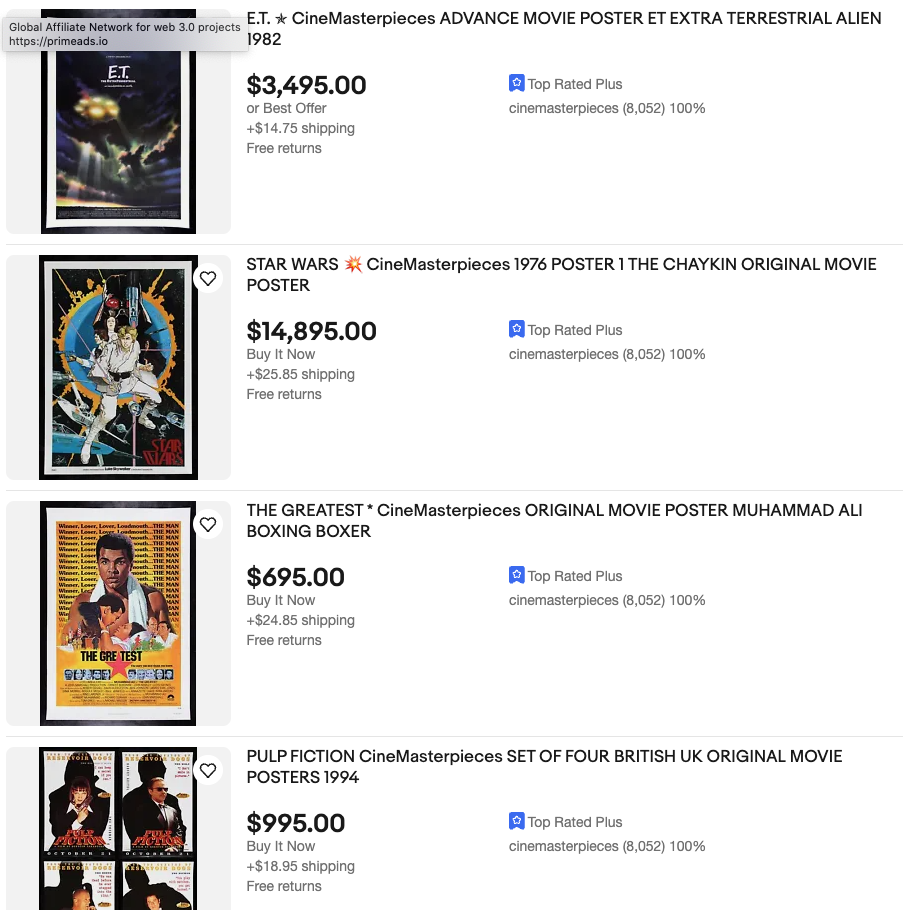 How Cryptoart is Disrupting the World of Digital Art – For Better or Worse
How Cryptoart is Disrupting the World of Digital Art – For Better or Worse
Cryptoart is upending conventions within the art world by utilising NFTs (non-fungible tokens) and blockchain technology to authenticate digital artwork. Proponents argue cryptoart could lead to nothing less than a paradigm shift in how digital creativity is owned, valued, and distributed. But its disruptive potential may be dampened by unstable markets, environmental impacts, and uncertainty around why digitally verified artwork commands sky-high price tags.
By converting digital art into NFTs tracked on a blockchain like Ethereum, cryptoart creates verifiable scarcity for otherwise reproducible digital files. This allows digital works to be sold as provably scarce originals – a critical means of assigning value. Cryptoart platforms like SuperRare and OpenSea provide markets for artists to sell work directly to buyers, often for staggering sums.
Sceptics see this as manufactured value, with multimillion dollar price tags driven by hype, speculation, and a “fear of missing out.” But proponents believe cryptoart represents a new paradigm, allowing digital creativity to be valued in ways that legacy art establishments have denied.
Questions persist around the environmental impact of NFTs, market volatility fueled by investors rather than art lovers, and whether cryptoart has long-term viability or is a passing fad. But, for better or worse, cryptoart is poised to indelibly transform how digital art is created, owned, financed, and shared.
References:
https://www.nytimes.com/2021/03/13/technology/crypto-art-NFTs-trading-cards-investment-manias.html
https://www.chaminadetalon.com/crypto-art-market-top-players-opensea-rarible-superrare/
https://blockchainmagazine.net/a-brief-history-of-nft-art-and-crypto-art/




